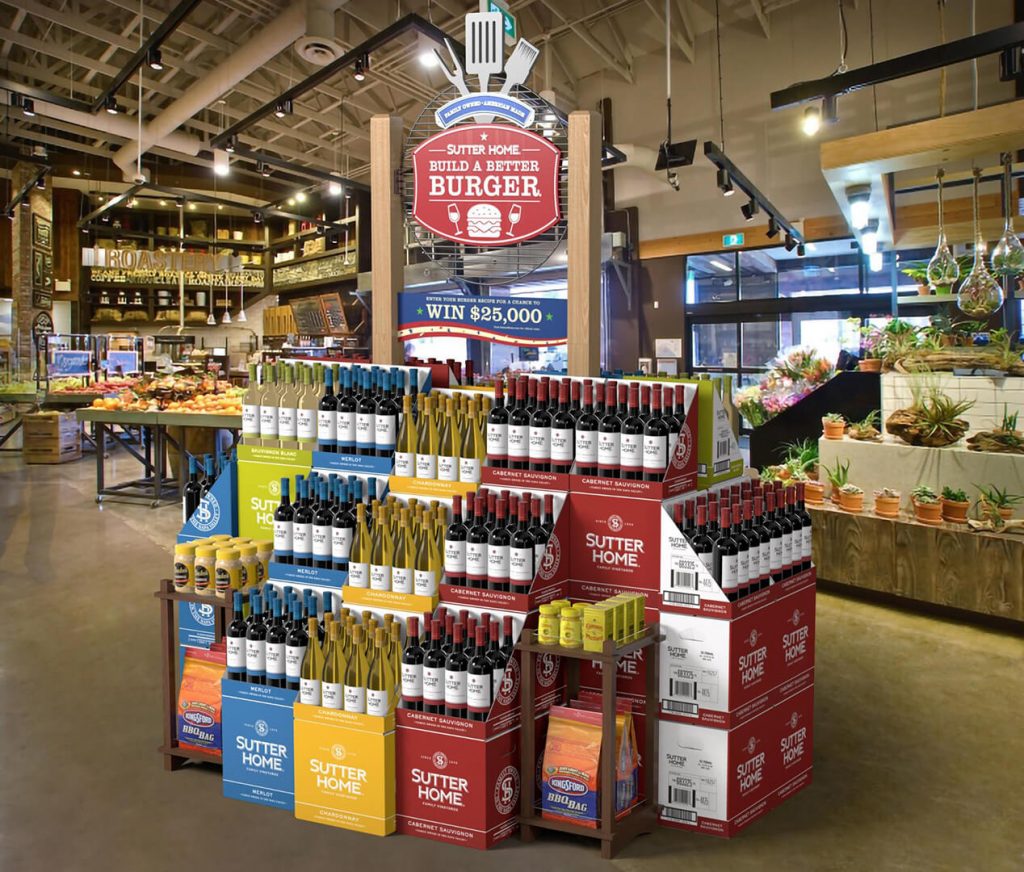Three significant factors contribute to the success of hardware store displays. These include placement, design, and impact. Practical display fixtures enhance the customer shopping experience. They also contribute to increased sales. The first step in creating successful hardware store displays is understanding the customer’s buying habits and preferences.
Marketing strategies
When it comes to hardware store marketing strategies, it’s essential to remember the type of products your customers are likely to purchase. It may also be helpful to focus on specific technologies that customers need that will benefit them somehow. Finally, a specialized approach to selling hardware will ensure that you stock products that customers are most interested in and will help your store stand out from competitors.
To stay competitive, it’s vital to keep up with the latest trends in your industry. Trade shows allow you to get on your customers’ radars and stay on top of industry news. You can also influence your customers’ purchasing decisions by creating an impressive display focusing on the latest trends. In addition to attending trade shows, you can also take advantage of trade magazines that feature the latest trends in hardware store display fixtures.
Placement
Retail display fixtures profoundly affect customer satisfaction, profitability, and efficiency. They help maximize exposure of products and position-related items for cross-selling and up-selling. They also determine customer traffic flow. Properly placed display units also help reduce out-of-stock time and increase replenishment speed.
Design
Retailers have a great deal of control over the design of display fixtures in their stores. However, the method of institutions will affect the flow of customers and how they behave in the store. Therefore, retailers must treat these units as investments and ensure they are cost-effective. For this reason, retailers should ask their suppliers for inexpensive solutions for display fixtures. Below are a few tips for designing displays to achieve maximum customer satisfaction.
Impact
The design of hardware store display fixtures plays an essential role in the overall satisfaction level of customers. Therefore, these fixtures must reflect the type of products available for sale. For example, simple yet durable displays are ideal for reinforcing the rugged qualities of the products. Also, digital elements can emphasize new products or technologies.
Hardware stores are ubiquitous, offering an endless variety of supplies. They have long been offline businesses but have succeeded in the retail environment. During the pandemic years, hardware sales jumped. However, online growth in this industry was not as fast as in other sectors. Because of this, many hardware stores remained open. This hyperlocal approach worked.
Upcycling materials
Upcycling is a practice that reuses materials, such as broken glass, wood, and metal. Often, upcycling projects are part of a more significant environmental effort, such as reducing plastic waste. However, the concept is rooted in reducing the consumption of new raw materials.
Value
Hardware stores often face space limitations, but by including wood products and moldings, retailers can improve the shopping experience and boost sales. BMF worked with the retailer to create innovative and attractive displays that met the requirements of both the retailer and the customer. It was also essential to provide affordable, easy-to-implement fixtures that did not disrupt the store’s traffic flow. In addition, the institutions should also make it easy for customers to evaluate the products on display.
